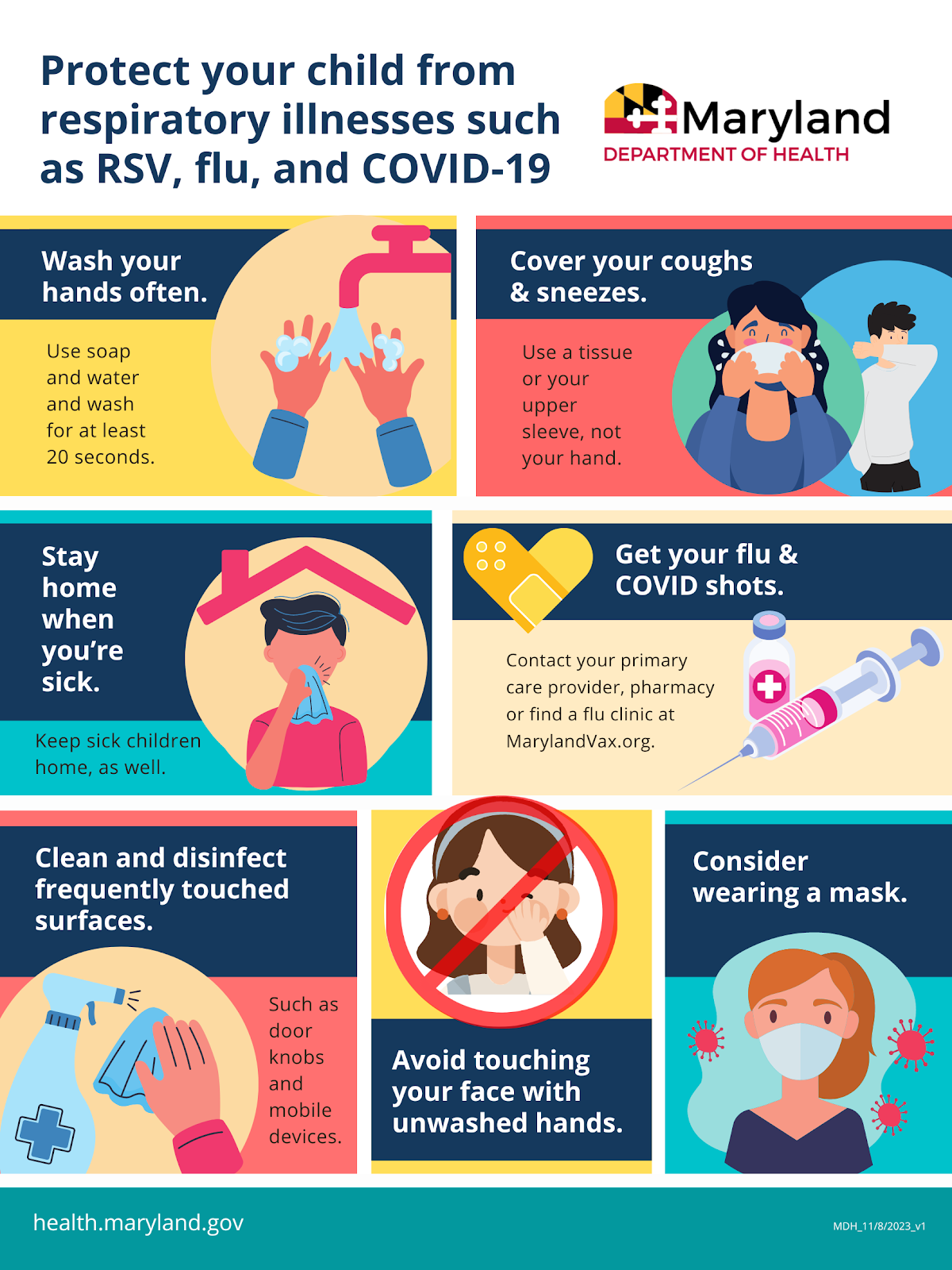As the flu season approaches, public health responsibilities intensify, particularly concerning pediatric health. The Centers for Disease Control and Prevention (CDC) advocates unequivocally that all children aged six months and older should receive an annual influenza vaccination. This recommendation arises from a robust understanding of influenza’s potential severity, especially in younger, more vulnerable populations.
Influenza, commonly known as the flu, is a viral infection that can lead to a cascade of complications impacting respiratory health, and in severe cases, can result in hospitalizations or even fatalities among children. The CDC stresses that vaccination is not merely a personal safeguard; it also constitutes a communal health strategy, helping to shield those who are unable to be immunized, such as infants, and individuals with certain medical conditions.
Every flu season presents the real threat of widespread transmission, exacerbated by the fact that children are particularly adept at spreading the virus. Schools and daycare centers can become epicenters of outbreaks, transmitting the virus rapidly through close contact. By vaccinating children, communities can significantly mitigate this risk and promote a healthier environment for all.
The flu shot is formulated each year to combat the circulating strains of the influenza virus. Public health authorities utilize data from preceding years combined with global surveillance to anticipate which strains are most likely to prevail. This continual adaptation of the vaccine underscores the critical nature of annual vaccinations, as immunity from the previous year may not be sufficient against new mutations or strains.
Moreover, protecting children through vaccination contributes to broader public health initiatives aimed at reducing the incidence of respiratory illnesses. In conjunction with flu shots, good hygiene practices—such as proper handwashing and respiratory etiquette—are integral to curtailing the spread of the virus. Parents should be encouraged to engage children in discussions about health, fostering awareness of how personal actions contribute to community health.
The flu vaccine is safe and effective, and the potential side effects are typically mild, encompassing soreness at the injection site or low-grade fever. These minor inconveniences are eclipsed by the protective benefits the vaccine offers, equipping children’s immune systems to better respond to actual infections.
In conclusion, as the flu season looms, the CDC’s directive for flu vaccinations among children is both a protective measure and a public health necessity. Vaccination serves as a cornerstone in the endeavor to enhance overall community health, reduce preventable illnesses, and safeguard our youngest inhabitants. As we navigate through the season, prioritizing vaccination can pave the way for a healthier future, enabling children to thrive in their daily activities without the looming threat of influenza.
